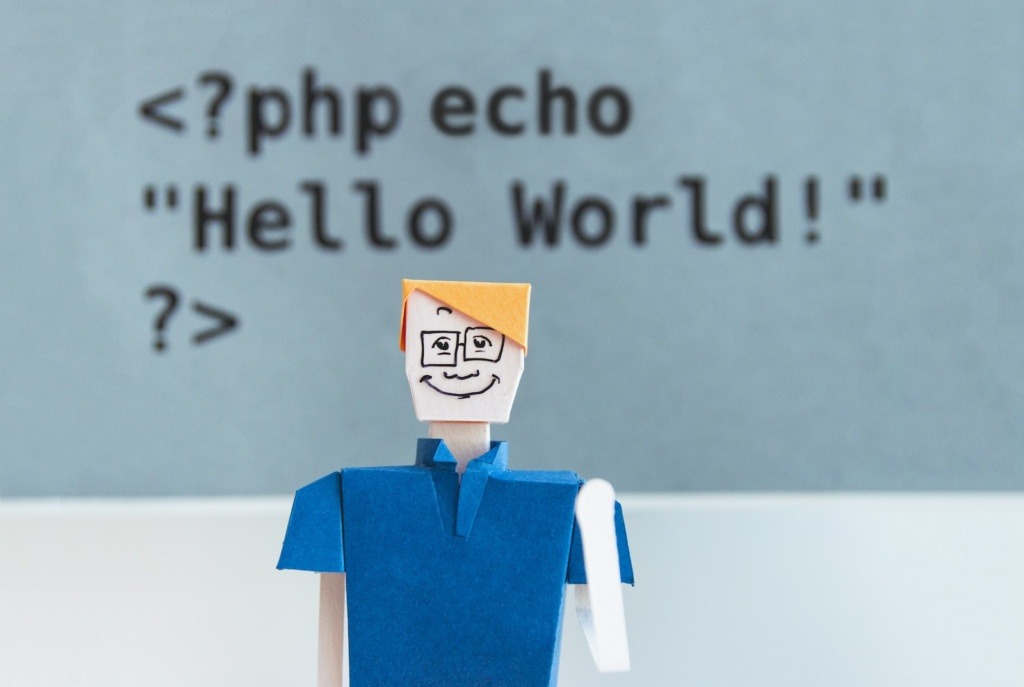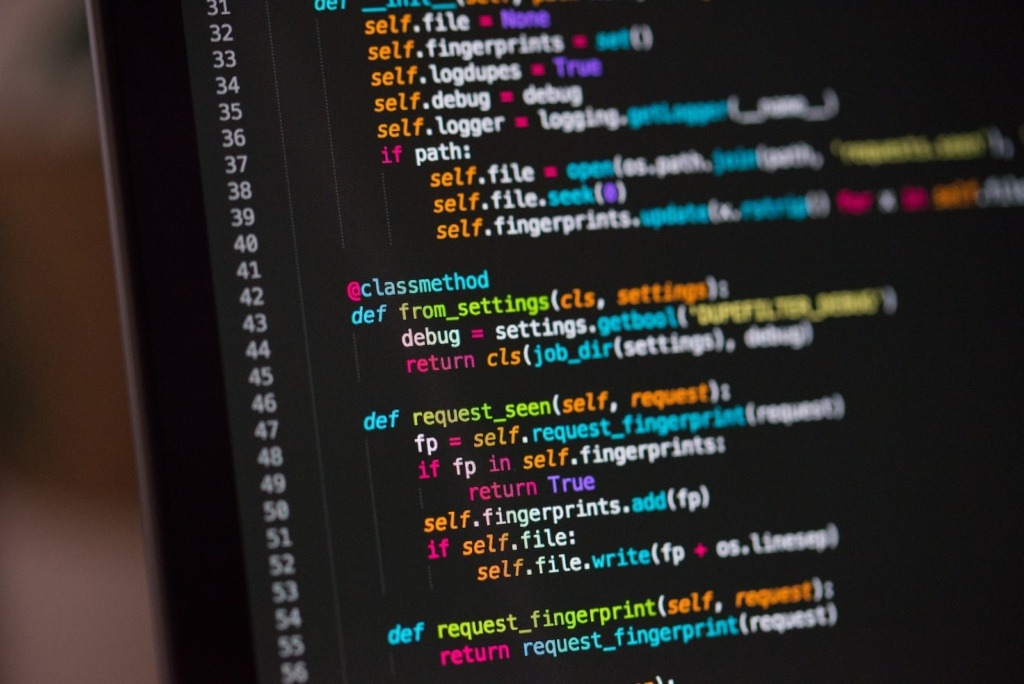Learning a programming language is an exciting journey that opens up a world of opportunities in the rapidly evolving field of technology. Whether you’re a beginner or an experienced coder, mastering a programming language requires dedication, practice, and a strategic approach. In this blog post, we will guide you through the step-by-step process of learning a programming language effectively.
Step 1: Set Clear Goals

Before diving into learning a programming language, set clear and realistic goals. Determine why you want to learn the language, whether it’s to pursue a specific career path, build your own projects, or simply expand your knowledge. Establishing goals will keep you motivated and provide a sense of direction throughout your learning journey.
Step 2: Choose the Right Language

Research and choose the programming language that aligns with your goals and interests. Consider factors such as the language’s popularity, demand in the job market, and its relevance to your intended projects. Popular options include Python, JavaScript, Java, C++, and many more. Selecting the right language will ensure that your efforts are well-focused and provide you with practical skills.
Step 3: Gather Learning Resources

Begin by familiarizing yourself with the basics of the programming language. Understand its syntax, data types, control structures, and fundamental concepts. Dive into variables, loops, conditional statements, and functions. Building a solid foundation will make it easier to grasp more complex concepts as you progress.
Step 5: Practice Coding Exercises

Practice is key to mastering any programming language. Solve coding exercises and challenges regularly to reinforce your understanding of the language and improve your problem-solving skills. Websites like LeetCode, HackerRank, and Project Euler offer a wealth of coding exercises for all levels of expertise. Engage in coding projects to apply your skills and gain practical experience.
Step 6: Join Online Communities

Join online programming communities, forums, and discussion groups related to the language you’re learning. Engage in discussions, ask questions, and seek guidance from experienced programmers. Platforms like Stack Overflow and GitHub are excellent resources for connecting with fellow coders, accessing open-source projects, and receiving feedback on your code.
Step 7: Build Real-World Projects

Apply your knowledge by building real-world projects that align with your interests. Whether it’s a website, a mobile app, or a data analysis tool, working on projects allows you to practice problem-solving, project management, and collaboration. Start with small projects and gradually tackle more ambitious ones as your skills improve.
Step 8: Stay Updated and Continuously Learn

The field of programming is constantly evolving, with new languages, frameworks, and technologies emerging regularly. Stay updated with the latest trends, attend coding conferences or webinars, and read programming blogs and publications. Continuously learning and adapting to new tools and techniques will keep you competitive and expand your skill set.
Step 9: Embrace the Learning Process

Learning a programming language is a continuous process that requires patience and perseverance. Embrace challenges and setbacks as learning opportunities. Celebrate your progress and achievements along the way. Remember that becoming a proficient programmer takes time and dedication, so be kind to yourself and enjoy the journey
Learning a programming language is an exciting and rewarding endeavor. By following this step-by-step guide, setting clear goals, utilizing quality resources, practicing coding exercises, and engaging with the programming community, you can embark on a successful learning journey. Remember to stay curious, keep coding, and embrace the endless possibilities that mastering a programming language can offer. Happy coding!
